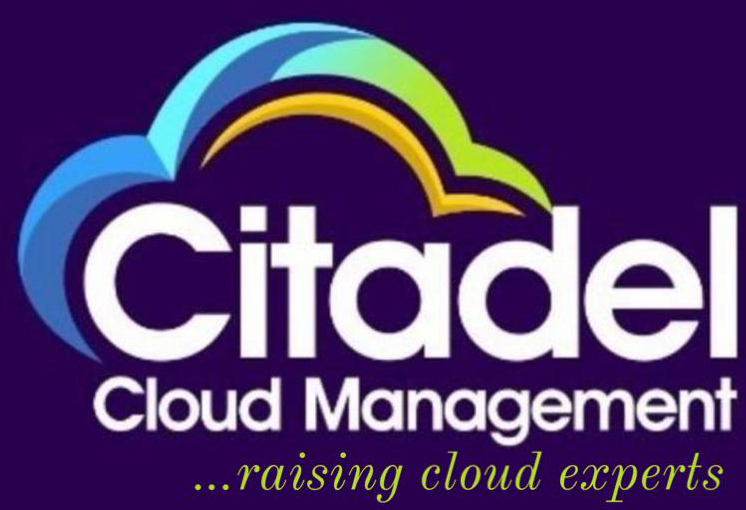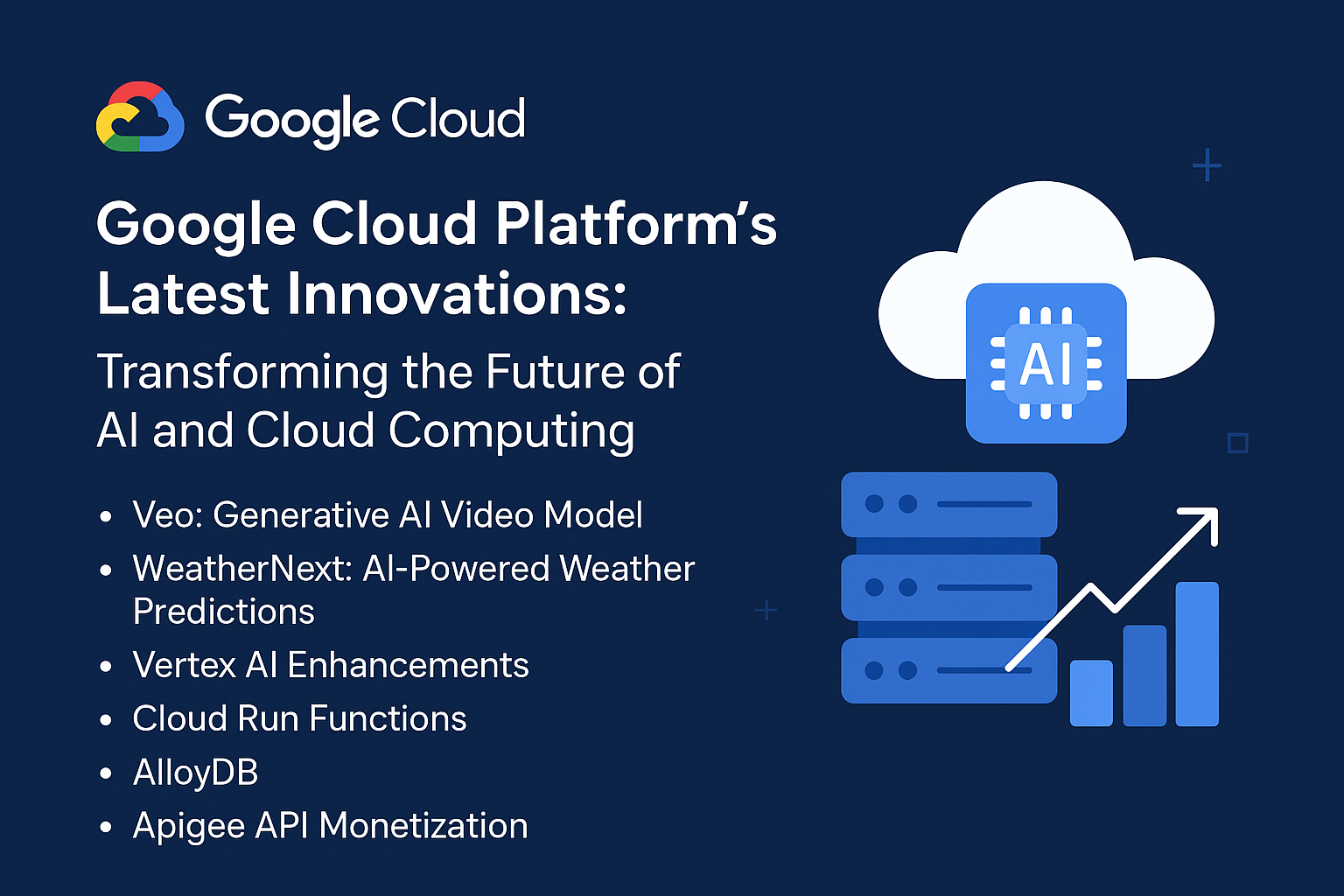Table of Contents
- Understand the Shared Responsibility Model
- Implement Strong Authentication and Access Control
- Data Encryption at Rest and in Transit
- Monitor and Audit Cloud Environment
- Secure APIs and Web Services
- Regular Security Updates and Patch Management
- Conduct Vulnerability Assessments and Penetration Testing
- Secure Application Configuration and Hardening
- Employee Training and Awareness
- Incident Response Plan and Disaster Recovery
1. Understand the Shared Responsibility Model
In cloud environments, security is a shared responsibility between the cloud service provider (CSP) and the customer. While the CSP is responsible for securing the infrastructure, customers must secure the applications, data, and user access. Understanding this model is key to identifying where your responsibilities begin and end.
2. Implement Strong Authentication and Access Control
Access control is crucial in SaaS applications to ensure that only authorized individuals can access sensitive data. This includes implementing Multi-Factor Authentication (MFA), Single Sign-On (SSO), and the principle of least privilege (PoLP).
3. Data Encryption at Rest and in Transit
Encrypting data both at rest and in transit ensures that even if attackers gain access to your data, it remains unreadable. SaaS applications should employ strong encryption algorithms like AES-256 for data at rest and TLS for data in transit.
- Resources:
4. Monitor and Audit Cloud Environment
Ongoing monitoring and auditing of your cloud environment can help detect any unusual activities or breaches. Tools like Security Information and Event Management (SIEM) systems can help aggregate logs and provide real-time alerts.
- Resources:
5. Secure APIs and Web Services
Most SaaS applications expose APIs and web services for integration. It’s crucial to secure these APIs by using strong authentication (e.g., OAuth), rate limiting, input validation, and monitoring for abnormal behavior.
6. Regular Security Updates and Patch Management
Cloud SaaS applications should be regularly updated to ensure known vulnerabilities are patched. Timely patching minimizes the risk of exploitation by attackers.
7. Conduct Vulnerability Assessments and Penetration Testing
Regular vulnerability assessments and penetration testing are essential in identifying potential weaknesses in your system before attackers can exploit them. This helps to proactively secure your application.
8. Secure Application Configuration and Hardening
Ensuring that your SaaS application is configured securely from the outset helps prevent vulnerabilities. Use secure coding practices, and ensure that unnecessary services and ports are closed.
9. Employee Training and Awareness
Humans are often the weakest link in security. Regular training for employees on security best practices, phishing threats, and secure handling of data is vital in maintaining a secure environment.
10. Incident Response Plan and Disaster Recovery
Having an incident response plan (IRP) and disaster recovery (DR) plan in place ensures that you can react swiftly in the event of a breach. This includes predefined processes for identifying, containing, and recovering from a cyberattack.
By following these best practices, you can secure your cloud-based SaaS applications and minimize the risk of a breach.

